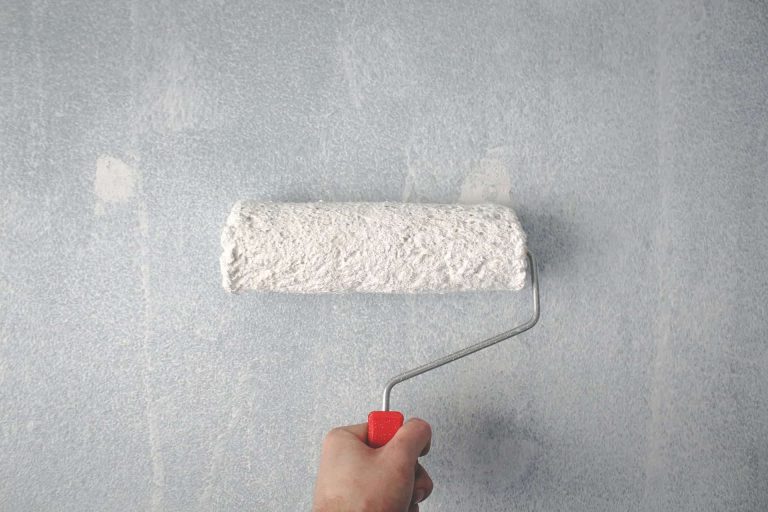Custom plastic injection molding is a manufacturing process where molten plastic material is injected into a mold cavity under high pressure. Once the plastic cools and solidifies, it takes the shape of the mold, forming a specific part or product according to the desired design.
Here’s how the process typically works:
| Product Name | OEM Plastic injection molding Parts |
| Drawing Formats | 2D(PDF/CAD) And 3D(STP/STEP) |

1.Design: The process begins with the design of the part or product to be manufactured. This design is usually created using computer-aided design (CAD) software. The design should consider factors such as part geometry, material selection, and manufacturing constraints.
2.Tooling: Once the design is finalized, a mold (or tool) is created. The mold is usually made of metal, such as steel or aluminum, and consists of two halves: the cavity, which forms the shape of the part, and the core, which helps eject the part from the mold. The mold is precision-machined to the exact specifications of the desired part.
3.Material Selection: The next step is to select the appropriate plastic resin for the part. The choice of material depends on factors such as strength, flexibility, heat resistance, and cost. Common types of plastic resins used in injection molding include polyethylene (PE), polypropylene (PP), acrylonitrile butadiene styrene (ABS), polycarbonate (PC), and nylon.
4.Injection Molding Process: The injection molding machine consists of a hopper, where the plastic resin is fed into a heated barrel. Inside the barrel, the resin is melted under high temperature and pressure. Once the molten plastic reaches the optimal viscosity, it is injected into the mold cavity through a nozzle or sprue. The mold is kept closed under pressure until the plastic cools and solidifies.
5.Cooling and Ejection: After the plastic has cooled and solidified, the mold opens, and the finished part is ejected. Cooling time is critical to ensure proper part quality and cycle time efficiency. The ejected parts may undergo further cooling or post-processing, such as trimming or surface finishing, depending on the requirements.
6.Quality Control: The molded parts undergo rigorous quality inspection to ensure they meet the specified requirements and standards. This may involve dimensional checks, visual inspection, mechanical testing, and other quality assurance measures.
7.Packaging and Delivery: Once the parts pass quality inspection, they are packaged and prepared for delivery to the customer.
Custom plastic injection molding offers several advantages, including high production efficiency, repeatability, design flexibility, and the ability to produce complex geometries with tight tolerances. It is widely used in various industries, including automotive, aerospace, electronics, medical devices, consumer goods, and more.
